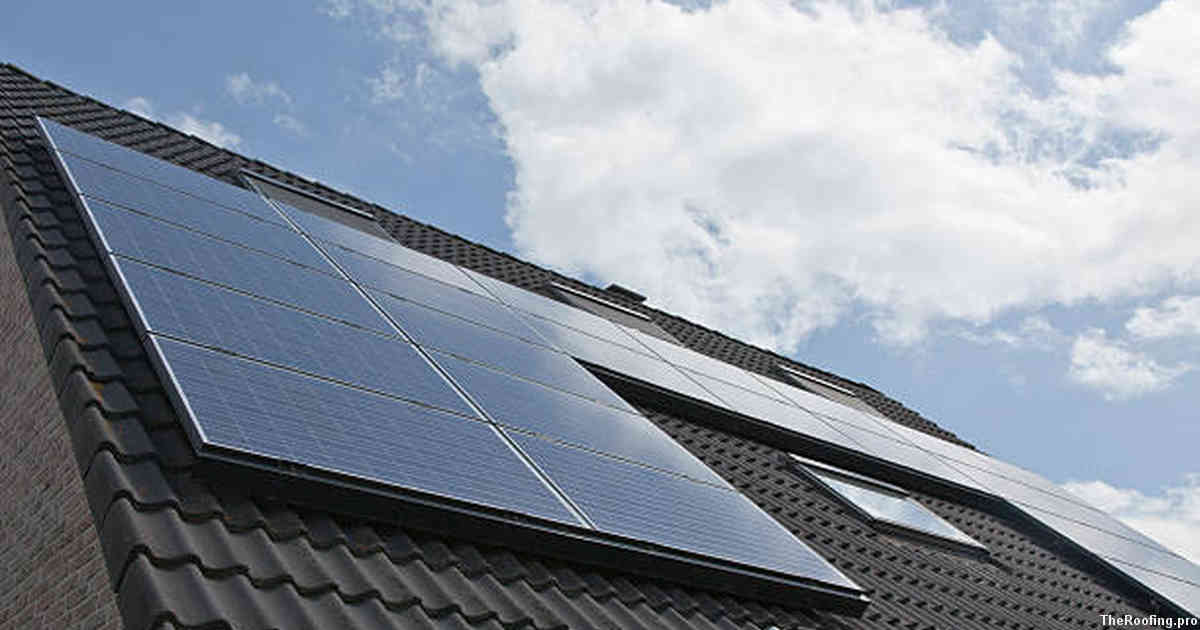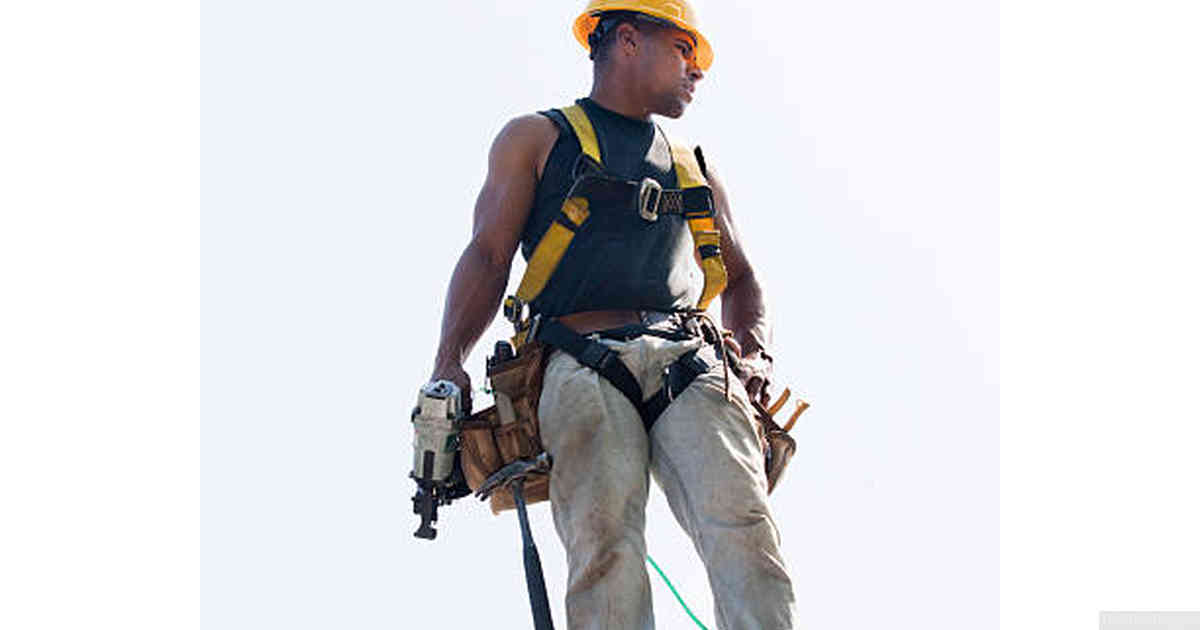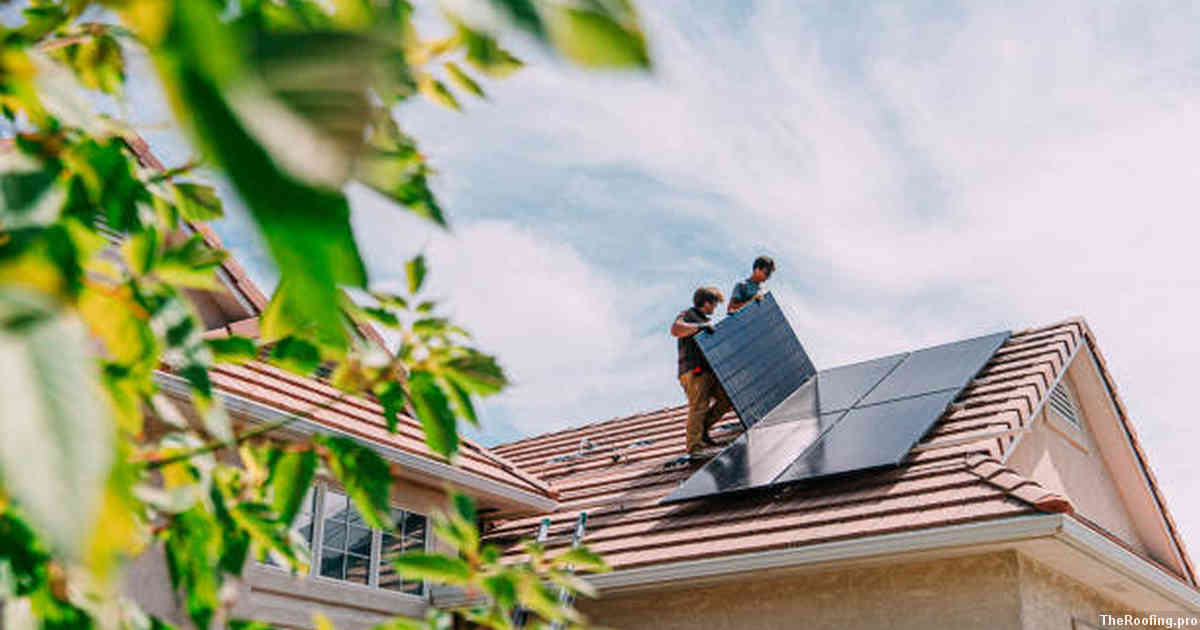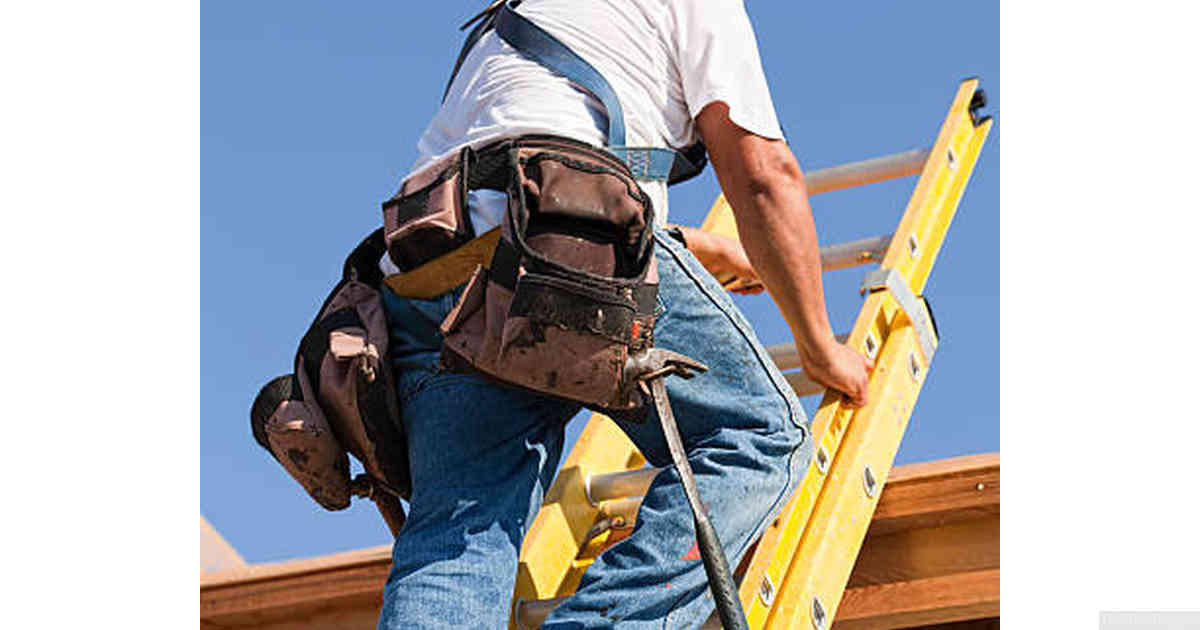
Maximizing insulated panels for effective roofing is a topic that concerns the use of insulation to create an energy-efficient and durable roofing system. Insulated panels, which are composed of two sheets of metal separated by an insulating material such as foam, provide superior thermal protection against extreme weather conditions. They also help reduce heat transfer through the building envelope and can be used in both residential and commercial applications.
Contents:
Insulated panels come in a variety of shapes and sizes, with some designed specifically for flat roofs while others are suitable for pitched or curved surfaces. The thickness of the panel will depend on its intended purpose; thicker insulation will provide better protection from outside temperatures but may require additional support structures to hold it in place. Generally speaking, insulated panels should have at least 4 inches (10 cm)of insulation between them to ensure maximum efficiency.
These panels can be further customized according to individual needs; most manufacturers offer multiple options including various colors, finishes, textures and sizes so homeowners or businesses can choose something that best suits their aesthetic preferences as well as budget constraints. These products typically come with warranties ranging from 10-25 years depending on manufacturer standards – this provides added peace of mind when investing in an energy efficient solution like this one.
Another benefit of using insulated panel systems is that they’re incredibly easy to install due to their modular nature; all components simply snap together quickly without any tools required making them ideal for DIY projects or quick fixes during remodeling jobs around your home or office space. Plus these systems don’t take up much room either – unlike other bulky solutions you won’t need extra storage space since each component is lightweight yet highly durable ensuring longevity even under extreme conditions like heavy snowfall or high winds!
The Benefits of Insulated Panels

Insulated panels offer a wide range of benefits when it comes to roofing. For starters, they help to keep heat in during the winter and out during the summer – this can be particularly beneficial for areas with more extreme temperatures. Insulated panels provide excellent sound insulation; this is especially useful if you live in an area where noise levels are high.
Insulated panels are lightweight yet durable, making them perfect for those who want a strong roof that won’t weigh down their home or building structure too much. The installation process is also relatively straightforward and cost-effective compared to other materials used in roofing projects.
These insulated panels have a long lifespan; with proper maintenance and care they can last up to 30 years or more without any need for major repairs or replacements. They’re also incredibly low maintenance – once installed correctly all you really need to do is occasionally check for signs of wear and tear such as cracks or missing pieces of material.
Finding the Right Fit for Your Roof

When looking for the right fit for your roof, there are several key factors to consider. The first is the shape of your roof. If you have a flat or low-pitched roof, then insulated panels may not be ideal since they don’t provide much insulation on those types of roofs. On the other hand, if you have a steeply pitched roof with plenty of space between each rafter, then insulated panels can be an excellent choice as they provide both protection and thermal efficiency in these areas.
The second factor to consider when selecting an insulated panel is its size and thickness. Insulated panels come in various sizes and thicknesses so it’s important to choose one that will fit properly on your roof without leaving gaps or allowing moisture to enter through the edges. Thicker panels are generally more effective at providing insulation than thinner ones so it’s important to select a panel that meets your needs in terms of size and thickness.
You should also take into account any existing structures such as chimneys or vents when choosing an insulated panel for your roofing project. These can present obstacles that need to be taken into consideration during installation since some models may not fit correctly around them due to their shape or design features.
Maximizing Efficiency with Insulation

Insulation is the key to maximizing efficiency with insulated panels. Not only does it provide extra thermal protection, but it also reduces sound transmission and increases airtightness. By installing insulation in your roof, you can reduce your energy costs by up to 25 percent each year.
There are several types of insulation available for roofs that come with varying levels of R-value (the measure of a material’s resistance to heat flow). When choosing an insulation type for your project, make sure you select one that offers the highest R-value possible for maximum performance. For example, if you live in an area with extreme cold temperatures or high winds, then opting for a higher R-value could be beneficial.
The installation process should also be taken into consideration when selecting an insulated panel system. Properly installed insulation will help keep conditioned air from escaping through small cracks or gaps in the structure and will also create a more comfortable living environment during winter months. Some systems may require special tools or equipment for proper installation which could add extra cost to the overall project budget so make sure to research all options before making any final decisions.
Selecting the Best Materials for Long-Term Performance

When it comes to selecting materials for insulated panels, long-term performance is paramount. Many homeowners make the mistake of opting for a cheaper material that will not stand up to harsh weather conditions over time. It is important to select a material that can withstand extreme temperatures and high winds while still providing superior insulation capabilities.
Polyurethane foam is one of the most popular choices when it comes to insulated paneling due its excellent insulation properties as well as its strength and durability in all types of climates. This type of foam has been tested under various climatic conditions including rain, snow, wind, hail, ice storms and more with positive results for its ability to maintain thermal efficiency even in extreme weather events. Polyurethane foam also does not absorb moisture which makes it ideal for use on roofs that experience frequent rainfall or snowfall. Polyurethane foams come with fire retardant additives so they are less likely to burn if exposed to an open flame source than other roofing materials such as wood shingles or asphalt shingles.
Another great option when choosing insulated panel materials is fiberglass reinforced plastic (FRP). FRP offers superior durability compared to traditional roofing materials such as asphalt shingle because it resists cracking, warping and splitting due to extreme temperature fluctuations or heavy loads from ice accumulation during winter months. FRP also requires minimal maintenance once installed since it doesn’t require painting or sealing like some other roofing products do periodically throughout their lifespan making them an economical choice over the long run too.
Understanding R-Values and U-Factors

Insulated panels are a great way to maximize the effectiveness of roofing. To ensure that you get the most out of your insulated panels, it is important to understand r-values and u-factors. R-value measures resistance to heat flow, while u-factor measures how much heat can pass through an object or material. Both are essential measurements when selecting insulation materials for any application, including roofing.
R-values measure how well a particular material resists thermal energy transfer from one side to another and indicate how effective it will be in insulating your home or building against outside temperatures. The higher the R value, the better it will be at insulating against external temperatures. For example, an R20 rating means that 1 inch of insulation has 20 times more resistance than 1 inch of air would have under similar conditions; this makes it more effective as a barrier between internal and external temperatures in roofing applications.
U-factor on the other hand is a measurement that describes how much heat can escape through an object or material by conduction (the direct exchange of thermal energy). The lower the U factor rating, the less heat will pass through which makes them excellent choices for creating efficient roofs with insulated panels. When selecting insulated panels for your roofing project, always keep in mind both their R values and U factors so you can make sure they provide optimal protection from extreme weather conditions such as high winds or heavy rainfalls while also helping reduce cooling costs during summer months due to its superior ability at keeping warm air inside during wintertime.
Installation Tips & Techniques

Installing insulated panels for roofing can be a daunting task. To ensure the most effective insulation, it is important to follow certain installation tips and techniques. For starters, when installing insulated panels on an existing roof structure, make sure that you have the correct measurements of each panel before proceeding with the installation. This will help ensure that the panels are properly aligned and fit snugly in place without leaving any gaps or spaces between them.
The next step is to securely fasten each panel into place using screws or nails appropriate for your specific type of roof material. Make sure to check all areas around each panel for potential air leakage points; if any exist, seal these areas with caulk prior to securing them down completely. Take extra care when handling larger sheets as they may require two people working together in order to avoid damaging them while lifting and placing onto the roof surface safely.
After all insulated panels are installed correctly and firmly secured into place it is important not forget about adding additional layers of protection such as felt paper or a vapor barrier underneath the panels in order to further increase their efficiency at trapping heat inside your home during winter months and preventing unwanted heat from entering during summertime temperatures.
How to Maintain Insulated Panels

Maintaining insulated panels is essential for ensuring the roofing of a home or building stays in top condition. Insulated panel systems can be susceptible to water damage, and it is important to take steps towards preventing this from happening. Regular inspections should be conducted on an annual basis to ensure that no damage has occurred, and any necessary repairs should be taken care of promptly.
One way to prevent water from seeping into insulated panel systems is by sealing all seams with caulk or silicone sealant. This will help keep moisture out while also providing additional insulation against heat transfer through the roofing system. Gutters and downspouts need to be kept clear at all times as well so that water does not pool near the foundation of a home or building. Proper drainage solutions are also key in keeping excess rainwater away from insulated panels and helping maintain their effectiveness over time.
When cleaning insulated panels, gentle detergents such as dish soap should always be used instead of harsh chemicals which may cause damage over time if they are not properly rinsed off afterwards. Also avoid using pressure washers as these can strip away protective coatings applied on the outside surface of these materials which could lead to further problems down the line with insulation performance and durability issues due to weather exposure like UV rays from sunlight or snow buildup during winter months.
Common Problems & Solutions

Insulated panels are a popular choice for effective roofing, but as with any product, there may be common problems that arise. One of the most common issues is improper installation. This can lead to gaps in the panel joints or insufficient insulation, which can cause water and air leakage. To avoid these issues it is important to hire an experienced contractor who will install insulated panels correctly and ensure they are properly sealed.
Another potential issue when using insulated panels is condensation build-up on the inside of them due to poor ventilation within the structure. In order to prevent this from happening, homeowners should make sure that adequate airflow exists in their home by opening windows regularly or installing fans or vents near the ceiling level. Installing an extra layer of insulation between two layers of drywall can help reduce condensation buildup on your walls and ceilings as well as provide additional thermal protection against cold weather outside temperatures.
If you’re experiencing extreme heat during summer months then it’s important to select insulated panels with a higher R-value rating so they won’t allow too much heat transfer into your living space. If possible use reflective barriers such as foil-backed bubble wrap or radiant barrier paint in conjunction with your existing insulation system for maximum temperature control throughout the year regardless of climate conditions outdoors.